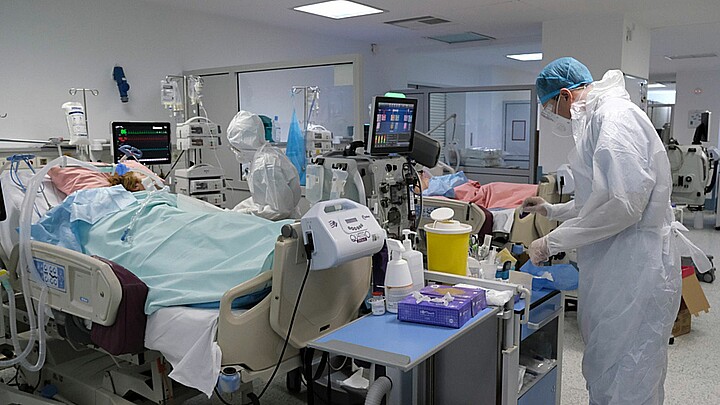Health
U.S. suicides rose in 2021, erasing two years of progress
The sharpest increase was amongst males ages 15 to 24.
September 30, 2022 4:59pm
Updated: September 30, 2022 6:01pm
The U.S. suicide rate and total number of suicides rose 4% in 2021 after two years of declines, according to the Centers for Disease Control and Prevention – a startling indicator of American’s mental health issues through the COVID-19 pandemic.
1,667 more suicides were recorded in 2021 than 2020, resulting in 47,646 deaths by suicide overall, about 4% higher than the 45,979 deaths the year before, according to the CDC’s National Center for Health Statistics.
In the same period, the overall age-adjusted suicide rate rose from 13.5 per 100,000 in 2020 to 14.0 per 100,000 in 2021 – also an increase of around 4%. The sharpest increase was amongst males ages 15 to 24, which rose 8% over the period.
“It’s disappointing to see that it went up at all,” Jill Harkavy-Friedman, senior vice president of research at the American Foundation for Suicide Prevention, told the Wall Street Journal.
“We need to keep working to improve our tools for assessment and intervention.”
From 2000, the suicide rate in the U.S. rose 35% to a peak in 2018 then declined around 5% until 2020. However, the suicide rate for certain demographics like teenage girls and Black and Hispanic males continued to rise from 2018 to 2020.
The 2021 overall suicide rate is just slightly under the 2018 peak, according to the CDC report.
“The declines have almost been totally wiped out by this increase,” Sally Curtin, a health statistician at the National Center for Health Statistics and lead author on the report, told the Wall Street Journal.
WSJ noted the report did not analyze the data based on race, ethnicity or geography.
The new report on suicide is another data point for those studying the impact of the pandemic and various public health responses.
In April, a CDC study found over one third (37%) of high school students reported poor mental health during the pandemic, and 44% said they felt sad or hopeless – a symptom of depression – during the past year.
A 2011 study found that economic cycles affect suicide rates.
The National Suicide Prevention Lifeline switched to a new three-digit number – 988 – in July as part of efforts to improve mental health services.









